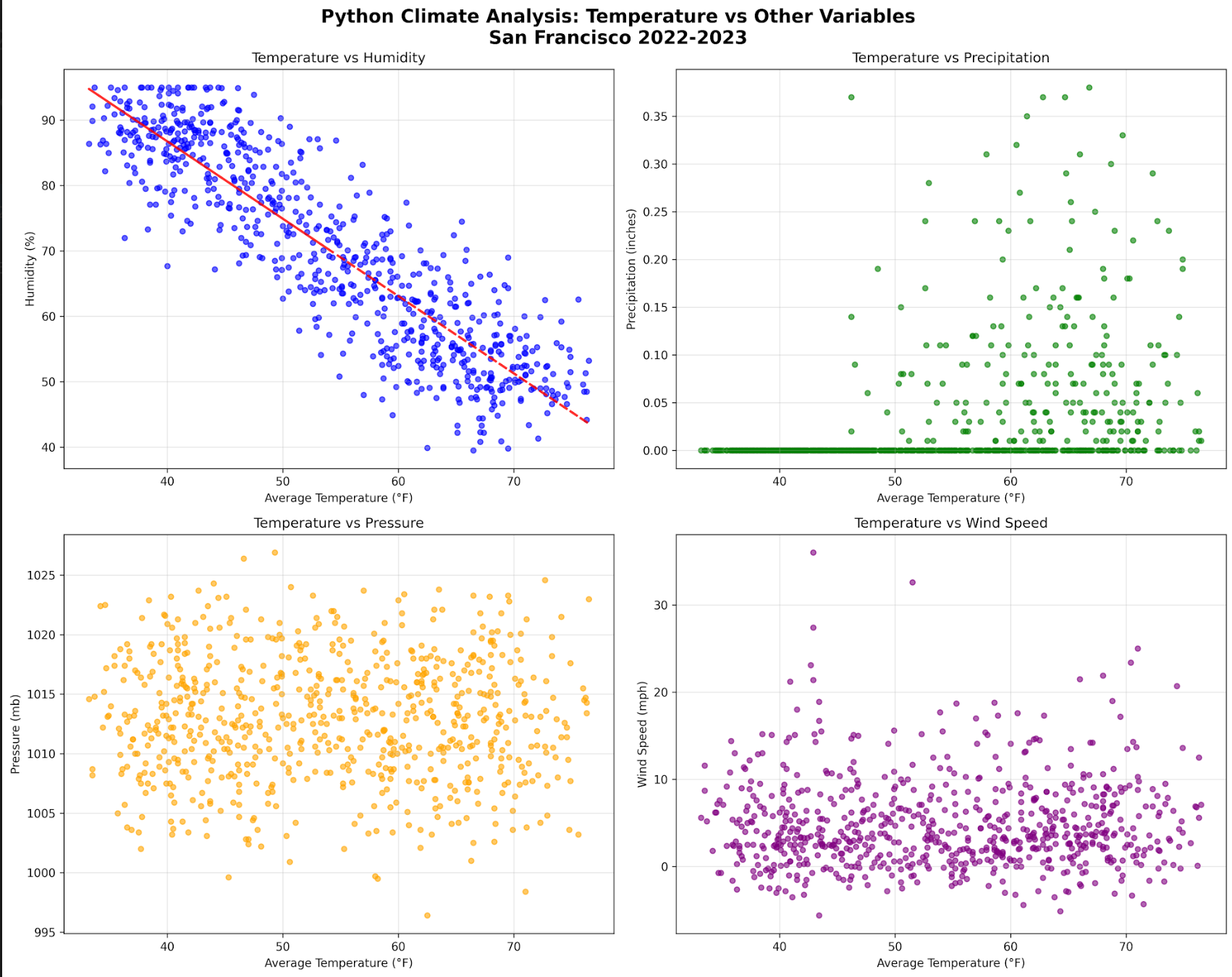
Improving API Performance Through Advanced Caching in a Microservices Architecture
Unlocking Faster API Responses and Lower Latency by Mastering Microservices Caching Strategies
Dev Orbit
June 9, 2025
In today’s microservices-driven backend ecosystems, API latency can become a bottleneck that frustrates both developers and users. This post dives into a real production case study where a team dramatically improved API performance by architecting an intelligent, distributed caching layer. You’ll learn the key challenges, the advanced caching patterns they applied and actionable strategies to optimize your own microservices for blazing-fast responses.
Introduction
Modern backend systems increasingly rely on microservices architectures to scale and evolve rapidly. However, this flexibility often comes at the cost of increased network hops and complex data flows, leading to elevated API latency. Slow APIs can degrade user experience, reduce throughput and increase operational costs.
What if you could slash that latency by designing a sophisticated caching strategy tailored to microservices? This blog post shares a practical, in-depth exploration of how a production team tackled high API latency by implementing distributed caching, cache invalidation best practices and latency optimization patterns. By the end, you’ll have a toolkit of actionable caching strategies to boost your API performance in real-world microservices environments.
Understanding Microservices Caching: Concepts and Challenges
What is Microservices Caching?
At its core, caching stores frequently accessed data closer to the requester, avoiding repeated expensive operations such as database queries or inter-service calls. In a microservices context, caching isn’t just about a single app’s memory—it involves coordinating cache layers across multiple services, sometimes across different data centers or cloud regions.
Think of microservices caching like a relay race where each runner (microservice) can pass a baton (data) faster if they have it pre-stored nearby. But managing who holds the baton, when to pass it on and ensuring the baton isn’t stale, is the real challenge.
Common Challenges
Cache Invalidation: Ensuring cached data doesn’t become stale or inconsistent is notoriously difficult in distributed systems.
Data Freshness vs Latency Tradeoff: More frequent cache refreshes improve freshness but increase overhead; longer TTLs reduce load but risk stale data.
Cache Stampede: When cache expires, many requests may flood backend services simultaneously.
Distributed Cache Coordination: Synchronizing cache across multiple nodes or services can introduce complexity.
Multi-layer Caching Decisions: Choosing between local in-memory caches, shared distributed caches or CDN-edge caches.
Why Simple Caching Often Fails in Microservices
Unlike monoliths, microservices often share data dependencies and propagate changes asynchronously. Simple local caches can become quickly invalid or inconsistent, causing data anomalies or increased latency due to fallback calls.
How Advanced Caching in Microservices Works: Patterns and Architecture
Let’s break down the architecture and patterns for building an advanced caching layer in a microservices environment:
Step 1: Identify What to Cache and Cache Layers
Data to Cache: Responses from read-heavy APIs, database query results, computed data aggregates.
Cache Layers:
Local Cache: In-memory cache per service instance for ultra-low latency.
Distributed Cache: Centralized caching layer (e.g., Redis, Memcached) shared across services.
Edge Cache: CDN or API Gateway cache for globally distributed clients.
Step 2: Design Cache Keys and Consistent Hashing
Cache keys must uniquely identify the cached object, including API parameters and user context. Using consistent hashing ensures cache requests are routed efficiently and minimizes cache misses.
def generate_cache_key(service_name, endpoint, params):
key_elements = [service_name, endpoint]
for k, v in sorted(params.items()):
key_elements.append(f":")
return "|".join(key_elements)Step 3: Implement Cache Read-Through and Write-Back Patterns
Read-Through: Service first attempts to read from cache; on miss, fetches data from source, updates cache and returns data.
Write-Back: Updates are written to cache and asynchronously persisted to the underlying datastore.
Step 4: Handle Cache Invalidation
Cache invalidation strategies are critical:
Time-based TTL: Simple expiration to ensure eventual data freshness.
Event-driven Invalidation: Services publish events (e.g., message bus like Kafka) on data updates that trigger cache refresh.
Manual Invalidation APIs: Endpoints to explicitly clear or update cache entries.
Step 5: Protect Against Cache Stampedes
Implement techniques such as:
Request Coalescing: Single request populates cache while others wait.
Randomized TTL: Avoids synchronized expiration.
Fallback Mechanisms: Graceful degradation when cache is unavailable.
Step 6: Monitor Cache Performance
Track metrics:
Cache hit/miss ratios
Latency improvements
Backend load reduction

Description: Diagram showing multiple microservices each with a local cache, all connected to a centralized distributed cache (Redis cluster). The flow includes API requests hitting caches first, fallback to DB and cache invalidation events propagated via a message bus. This visualizes cache layers, data flow and invalidation triggers.
Real-World Use Case: Optimizing API Latency at Scale
Background
A fast-growing SaaS company experienced increasing API latency as they migrated from a monolithic backend to microservices. Endpoints involving user profile lookups and billing information had response times upwards of 1.2 seconds, far above their 300ms target.
Initial State
Each microservice queried the database directly on every request.
Some services implemented naive local caches with no coordination.
Cache invalidation was manual and inconsistent.
Users reported slow, intermittent delays.
Strategy and Implementation
Step 1: Added Redis as a centralized distributed cache accessible by all microservices.
Step 2: Defined consistent cache keys, including user ID and request parameters.
Step 3: Implemented read-through caching pattern in user profile and billing microservices.
Step 4: Set TTL of 10 minutes for user profile data and 5 minutes for billing info.
Step 5: Developed event-driven cache invalidation using Kafka: any update to user or billing data triggered cache refresh events consumed by all relevant services.
Step 6: Introduced request coalescing using a mutex lock to prevent cache stampedes when TTL expired.
Measurable Results
API latency dropped from 1.2s to 300ms on average.
Backend database query load reduced by 75%.
Cache hit rate stabilized above 85%.
User satisfaction increased, reflected in NPS scores.

Description: Line chart comparing API response times before and after caching implementation over a 30-day period, highlighting sharp latency drop post-deployment.

Description: Bar graph showing cache hit rate improvements per service before and after the distributed caching rollout.
Bonus: Advanced Tips for Production-Grade Caching
Use Multi-Tiered Caching Strategically
Combine local in-memory caches with distributed caches for ultra-low latency on hot keys while maintaining consistency.
Leverage Cache Aside with Async Refresh
Serve stale data on cache miss while refreshing cache asynchronously for better availability and throughput.
Secure Your Cache Layer
Encrypt sensitive cached data.
Use authentication and network policies to protect distributed caches.
Monitor for cache poisoning or injection attacks.
Beware of Over-Caching
Caching too aggressively may serve stale data or hide backend failures. Always balance freshness with latency.
Automate Cache Monitoring and Alerts
Set up dashboards and alerts for cache hit/miss ratios and latencies to proactively detect degradation.
Conclusion
Building a sophisticated caching layer in a microservices architecture is a powerful way to slash API latency and improve backend performance. From designing consistent cache keys, implementing distributed read-through caches, to handling invalidation with event-driven patterns, caching can transform your system responsiveness.
The production case study shows measurable impact — reduced latency, lighter DB load and happier users. Armed with these patterns, best practices and advanced tips, you’re ready to optimize your own microservices APIs.
💬 Found this useful?
🔁 Share with your dev team.

Enjoyed this article?
Subscribe to our newsletter and never miss out on new articles and updates.
More from Dev Orbit

How my Mindfulness App Triggered a Hidden Anxiety Cycle
Have you ever thought a mindfulness app was the key to tranquility, only to find it triggered unexpected feelings of anxiety? This article unfolds my journey of using a mindfulness app, its surprising consequences on my mental health, and what I learned along the way. Tune in if you're keen to explore the intricacies of anxiety cycles and how mindfulness might sometimes amplify rather than alleviate them.

Python vs R vs SQL: Choosing Your Climate Data Stack
Delve into the intricacies of data analysis within climate science by exploring the comparative strengths of Python, R and SQL. This article will guide you through selecting the right tools for your climate data needs, ensuring efficient handling of complex datasets.

Mastering Git Hooks for Automated Code Quality Checks and CI/CD Efficiency
Automate code quality and streamline your CI/CD pipelines with Git hooks. This step-by-step tutorial shows full-stack developers, DevOps engineers, and team leads how to implement automated checks at the source — before bad code ever hits your repositories.

A Beginner’s Guide to AWS EC2 and AWS Lambda: When and Why to Use Them
Confused between EC2 and Lambda? This beginner-friendly guide breaks down their core differences, use cases, pros and cons and helps you choose the right service for your application needs.

AI: A Double-Edged Sword for HumanityAI: A Double-Edged Sword for Humanity
As we navigate the uncharted waters of artificial intelligence, we face a remarkable revolution that holds the potential to dramatically reshape human existence. This article delves into how AI can serve both as an unparalleled tool for advancement and a potential source of significant challenges. We will explore the implications of AI, particularly the upcoming advancements like GPT-5, offering valuable insights into harnessing its power responsibly.

Why Most People Waste Their AI Prompts ? How to Fix It...
In the current landscape of AI technology, many users struggle with crafting effective prompts. This article explores common pitfalls and offers actionable strategies to unlock the true potential of AI tools like GPT-5.
Releted Blogs

From Autocompletion to Agentic Reasoning: The Evolution of AI Code Assistants
Discover how AI code assistants have progressed from simple autocompletion tools to highly sophisticated systems capable of agentic reasoning. This article explores the innovations driving this transformation and what it means for developers and technical teams alike.

Deep Dive into Error Handling and Logging in Node.js
Mastering the essentials of error handling and logging in Node.js for more resilient backends.

9 Powerful Reasons Why NestJS Beats Other Backend Frameworks in 2025
NestJS is revolutionizing how developers approach backend development in 2025. With built-in TypeScript support, modular architecture and first-class microservices integration, it's more than just a framework—it's a complete platform for building enterprise-grade, scalable applications. Discover why NestJS outshines Express, Django, Laravel and other backend giants in this in-depth comparison.

🚀 Mastering Python Automation in 2025: Deep Insights, Real-World Use Cases & Secure Best Practices
Streamline your workflows, eliminate manual overhead and secure your automation pipelines with Python — the most powerful tool in your 2025 toolkit.

Event-Driven Architecture in Node.js
Event Driven Architecture (EDA) has emerged as a powerful paradigm for building scalable, responsive, and loosely coupled systems. In Node.js, EDA plays a pivotal role, leveraging its asynchronous nature and event-driven capabilities to create efficient and robust applications. Let’s delve into the intricacies of Event-Driven Architecture in Node.js exploring its core concepts, benefits, and practical examples.

MongoDB Insights in 2025: Unlock Powerful Data Analysis and Secure Your Database from Injection Attacks
MongoDB powers modern backend applications with flexibility and scalability, but growing data complexity demands better monitoring and security. MongoDB Insights tools provide critical visibility into query performance and help safeguard against injection attacks. This guide explores how to leverage these features for optimized, secure Python backends in 2025.
Have a story to tell?
Join our community of writers and share your insights with the world.
Start Writing